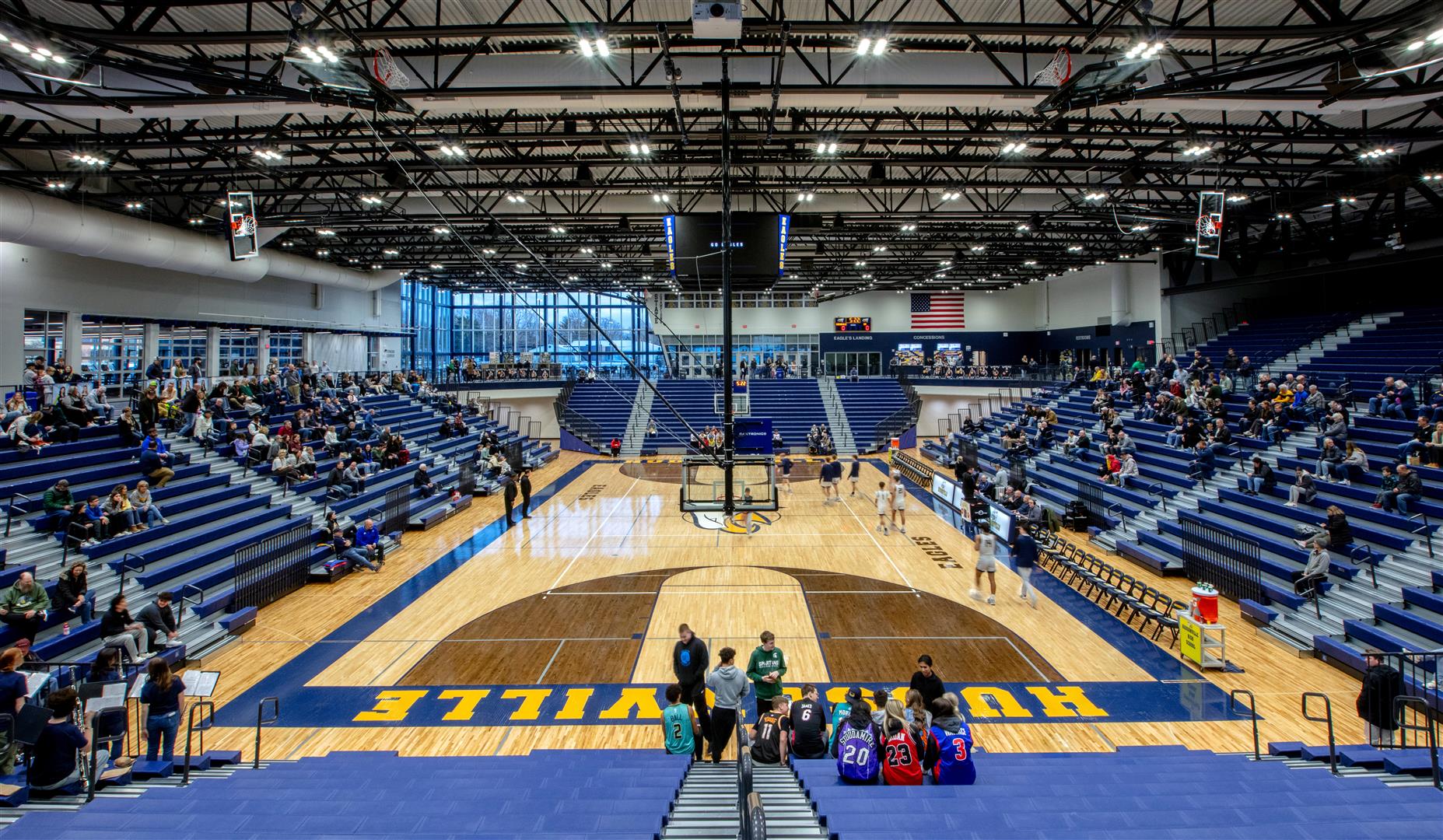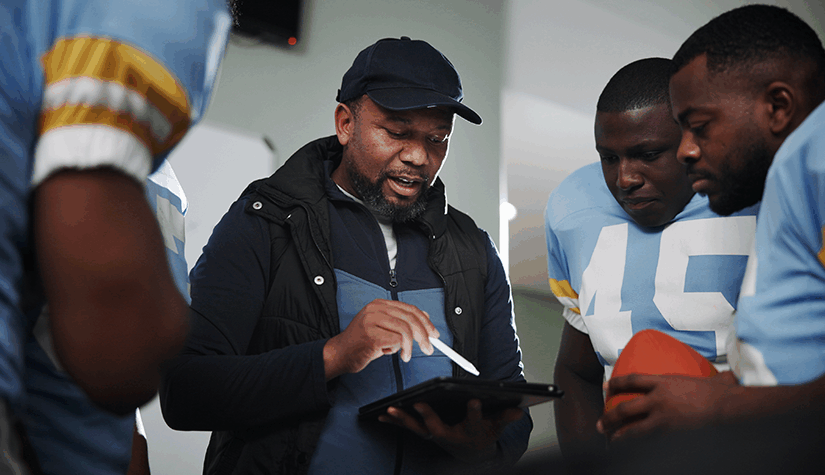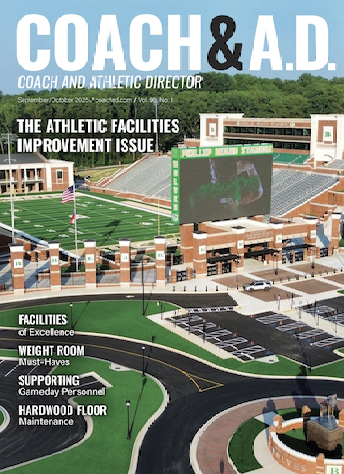13 tips to add to your gymnasium floor maintenance checklist
Your gym floor is, for all intents and purposes, the face of your school to both the student body and the greater community. It hosts the energy and optimism of pep rallies, the triumphs and heartbreaks of big games, and the quiet intensity of practices. It might host alternate events like dances or even be pressed into service for community needs. In other words, it’s the four-season athlete you never thought about.
With all it stands for, it’s essential to keep that floor in good condition. That means creating a regimen of maintenance practices that can take the form of a checklist. That checklist can be carried forward year over year, even as your maintenance crews change, even as generations of students enroll and graduate, even as personnel changes occur.
- Make sure you have an expert in your corner if you don’t already. A sports-specific contractor who understands the construction and maintenance of gym floors is going to be one of the most important contacts you will have. Don’t know anyone yet? Visit the website of the American Sports Builders Association (www.sportsbuilders.org) and use the Find A Member feature to get connected.
-

Photo credit: GMB Architecture + Engineering Do a daily walk-through of your gym. Even if you were just there last night, take a few minutes to travel through the gym and look for any problems in the making. (Don’t look at your phone while you’re doing this important job because you might miss something.)
- Pay attention to your floor’s condition. Spills and marks happen quickly, and if someone is not looking at the floor every day, they can really become a problem. Do a walking tour of the floor every day. Keep an eye out for any irregularities, from dropped gum to spilled soda to black marks caused by non-athletic footwear.
- Get rid of stains immediately (but carefully). A hardwood floor needs to keep its shine, so don’t attack stains or marks with harsh chemicals or heavy equipment. Try using a soft cloth or brush dipped in warm water, possibly with a very mild detergent. If the problem area can’t be easily scrubbed off, don’t get tough with it; call the contractor and ask for advice.
- Check for any other problem areas. These might include looking for places where the wood floor has indentations or pockmarks from heavy loads, listening for any spots where a bounced ball does not sound the same, or even feeling for any places where the floor beneath your feet seems loose, etc. These are issues you’ll want to bring to the attention of your contractor, who can provide guidance.
- Keep the surface clean. Use a dust mop to get rid of any dirt, dust, or other dry debris on the surface. Shake the mop outside to knock off any debris between passes. Don’t forget to periodically change mop heads in order to avoid putting the same dirt back on the floor.
- Require non-marking court shoes to be worn by anyone using the playing area. It’s astonishing how many students (and even staff) think running shoes and street shoes are safe for the surface.
- Put rubber-backed mats near the doors everyone uses to get in and out of the gym. This will keep dirt and debris from making its way onto your floor.
- Protect the floor whenever possible. Floor coverings can be used if the gym is to host dances or community events, as well as for any other undertaking where people will be wearing shoes that might mark the surface. If heavy equipment must be moved across the floor, make sure there is matting underneath it to save the floor from damage. Ascertain that equipment such as volleyball standards is carried or wheeled over the surface, not dragged.
- Periodically review the game lines needed for the surface. For example, many gyms have basketball lines, but they may also be marked for other sports as well. In gyms that are used for recreational purposes, for example, users may want to play pickleball or floor hockey and will express an interest in getting those lines added.
» ALSO SEE: The subtle art of coaching men’s and women’s sports
- Make sure any new lines are added by the professionals. Your contractor can advise you on line placement and colors for multi-sport courts and can do it when the court is not being used, such as over the summer or during a school break.
- Do not use tape, markers, or anything else to mark out new playing spaces. Putting down tape, even on a temporary basis, can cause damage to the finish of the court. Markers (even those that are listed as wipe-away) should never be used either. Until permanent lines can be put down, use small plastic cones to mark the boundaries of areas like pickleball courts, rather than making a mistake that will damage the look or finish of your gym surface.
- Ask your contractor for a realistic time frame until the surface needs repairs, refurbishment, or a total refresh. Talk about the budget and plan accordingly.
Gym maintenance does not have to be time-intensive or onerous; it is simply a series of small tasks that can be worked into the fabric of day-to-day work with the result of a shining floor that gives back every day in every way.





